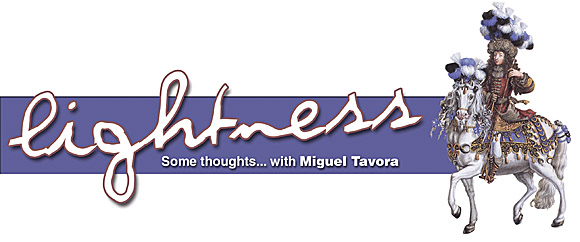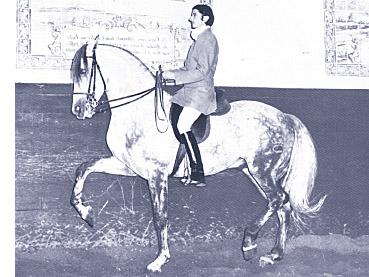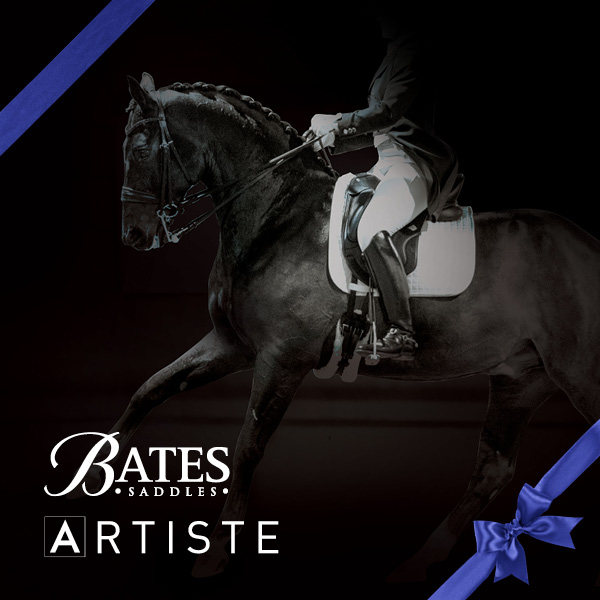Light is the opposite of heavy. In Equitation a horse that is heavy in your hand can not be light. The problem is that a horse might not be heavy and yet he is not light. We must truly know what lightness means to be able to understand this problem. In my opinion it was General L’Hotte in his book Questions Equestres, who better explained lightness saying that it “is the perfect obedience of the horse to the slightest indications of the hands or the legs of his rider” (Questions Equestres, Chapter III, page 33. The translation is mine).’
In order for this to happen the horse should be relaxed and moving with a correct combination of balance and impulsion. Any resistance or contraction will alter lightness.
“Lightness also characterises the condition of the horse who is perfectly schooled and the soundness of the means employed in order to guide him, it follows that the expression ‘lightness’ applies to the schooling of the horse as well as the talent of the rider… harmony will not be assured if the rider is not able to awaken and maintain this play of forces in keeping with each movement. From this it follows that lightness – perfect lightness, of course – finds its formula when the rider puts into play those forces and how the horse makes use of those very forces useful to the movement envisaged. All other manifestations of strength will produce a resistance which, as a consequence, will alter lightness.”
(Questions Equestres, Chapter 3, translation is of Hilda Nelson).
As we can see, lightness means perfect submission. Submission resulting by the fact that the horse having the correct balance and impulsion to execute the movement envisaged, is comfortable and has no reason to resist. He is confident in himself and in his rider.
“First of all lightness is shown by the submission of the jaw which is the first spring receiving the effect of the hand.”
(Questions Equestres, Chapter 3, Page 35, the translation is mine).
The submission of the jaw is expressed by its mobility when the horse slightly opens its jaw, momentarily pushing the bit up with the tongue and letting it drop in a movement similar to the one he does when he swallows. “This should happen when asked by the hand, and should stop when it is no longer provoked.”
(Questions Equestres, the translation is mine)
To the Baucherists this flexibility of the jaw provokes also the flexibility of the neck and the other joints, being in the same time cause and effect of the general relaxation and flexibility of the horse.
Some authors advise some special gymnastic to the jaw, flections of the jaw, well explained by General Dercarpentry in his book Academic Equitation.
To the old masters this flexibility of the jaw was the result and achieved by the general suppling of the horse.
I personally have had some good results using flexions in ex race horses or the ones trained to have a too strong contact and are not responsive when asked to give on the jaw because they were numb on this area.
To have a response from a horse we need to have contact with him. This contact with the mouth must be firm but never strong, because lightness is the opposite of weight.
I don’t need to have pressure to have a good contact, in fact I can have contact even with a loop in the rein if the horse does not change his neck and head position. When the horse is moving in self carriage he is moving with the correct balance and impulsion. He is moving in lightness.
Joao Trigueiros de Aragao riding Liege in Piaffer – “I can have contact even with a loop in the rein if the horse does not change his neck and head position. The horse is in perfect self carriage.
At the beginning of this article I said that a horse might not be heavy, and yet he is not light. This happens when a horse is moving abandoned without any contact, or when he is behind of the bit, or evading any kind of contact when asked for more collection.
Lightness is the proof that the horse is moving with the correct balance and impulsion. It is when real self carriage can happen. It is when the horse is comfortable, and confident showing in this work his full capability.
Joao Trigueiros de Aragao riding Liege in Passage
“It is when the horse is comfortable and confident showing in his work his full capability”.
Lightness, engagement and impulsion are the fundamental elements of collection.
It is what helps to produce collection and what improves with further development of the same collection.
“The stamp of haute ecole, of classical or savante, of artistic, high equitation, regardless of how one names it, finds its expression not in movements that are more or less extraordinary, but in perfect lightness.” (General L’Hotte, Questions Equestres, translation is of Hilda Nelson).
I am personally always worried when I have a contact too strong because I never know if it is not my horse showing a weight resistance caused by imbalance or stiffness or a combination of both. I always feel lack of submission.
I much prefer to have my horse responding to the slightest of my aids. Then I know my horse and I are right, it is much more pleasant to ride him, and I also know that he is much happier to work with me.
We are in harmony, we are moving in lightness.







Yes so true……there needs to be an understanding (which most people don’t seem to have) of the benefits of Baucher and how his System should be integrated effectively with all the “other” ways of training a horse. To train in a PURE Baucherist way as understood by most people trains a horse to be so light but “behind the leg” To train a horse CORRECTLY in a Baucherist way, They need to be “Behind the bit” but IN FRONT of the Leg….as Baucher said himself! And the definition of “Behind the Bit” does NOT mean BTV or not accepting of the Bit….but means self carriage and riding on Looped reins in a correct Ressamble posture as some of the pics show above!